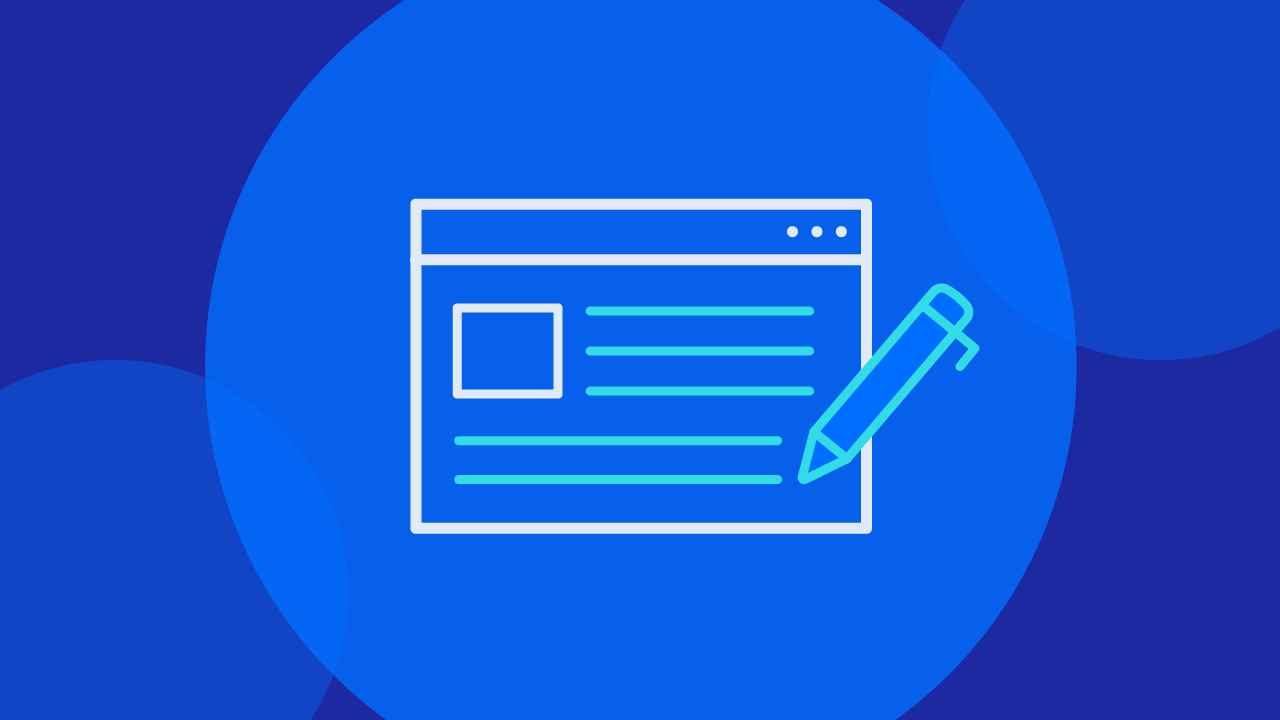Social media isn't just a platform for sharing cat videos and vacation photos. It's a bustling scene filled with ideas, perspectives, and conversations. With nearly half the world's population using social platforms monthly, it's become an unprecedented forum for exchanging experiences and voicing opinions.
For public relations and communications professionals, many of these discussions on social media are relevant to your brand. Even if your brand isn’t mentioned specifically, more than likely, there are conversations happening around the types of products your brand makes or services it renders. And every one of those conversations is an opportunity for you to join in. Understanding and addressing these conversations first is crucial for crafting effective PR and communications strategies.
That's where social media monitoring comes in. Let's dive into what it is, why it matters, and how you can make it work for you.
What Is Social Media Monitoring?
In simple terms, social media monitoring is the process of tracking and analyzing online mentions and conversations relevant to your brand. But it's more than just keeping an eye on your notifications. It’s about capturing:
- Direct mentions of your organization
- Comments on your brand’s social posts
- Discussions where you’re not tagged
- Conversations about your products
- Industry-related commentary
- Competitor mentions
Social media monitoring enables you to understand and oversee your brand’s online reputation, address negative comments immediately, identify customer sentiments and preferences, and track emerging industry trends.
Social Media Monitoring Vs. Social Listening: What's the Difference?
People often use these terms interchangeably, but they’re not quite the same. Here’s how they differ:
Social Media Monitoring
Social media monitoring is mainly a reactive approach. The focus is on tracking social media conversations that are directly related to your brand and responding to them in real time. Here are the key elements of social media monitoring:
- Enables you to react to comments or messages as they come in
- Focuses on quantitative data (followers, shares, likes, etc.)
- Is typically limited to monitoring social platforms
- Answers the question: "What are people saying?"
Social Listening
Social listening is a more proactive, strategic approach that looks for broader context and trends, truly actionable insights to help shape an organization’s strategy. These insights are derived from analysis of conversations related to your industry, brand, and any topics relevant to your brand across the full breadth of online platforms. The key elements of social listening include:
- Enables you to identify emerging issues or opportunities
- Gives qualitative insights (context and emotions behind the data)
- Extends beyond monitoring social media, diving into blogs, forums, news sites, etc.
- Answers the question: "Why are people talking, and what does it mean?"
Both have their unique value and, together, they help brands gain deeper insights – social media monitoring tells you what's happening and social listening tells you why.
Why Social Media Monitoring Is Important in PR
Social media monitoring benefits brands – both big and small – in several important ways:
Brand Awareness
When you know what your customers are saying in real time, you can respond to their needs immediately. This isn’t just great customer service – it’s a brand awareness booster. When potential customers see you proactively replying to comments or concerns, it creates a memorable moment that increases your brand recognition.
Crisis Prevention and Management
In our 24/7 digital world, a small issue can snowball into a full-blown crisis in a matter of hours. Social media monitoring allows you to identify problems early on and craft responses that contain – and resolve – potential crises. If a crisis does hit, your monitoring efforts become crucial in informing your crisis communications strategy.
Competitor and Industry Insights
Social media monitoring entails more than just tracking your brand mentions. It provides a window into emerging trends, industry news, and what your competitors are up to. These insights are critical for putting your brand’s performance and reputation into perspective. Use this intel to create content, adopt new strategies, or even develop product features that give you a competitive edge.
Reputation Management
Your online reputation is your brand reputation, full stop. Monitoring your company’s online presence is key to protecting and managing that reputation, because it helps you understand what’s being said, engage with consumers responsively, and quickly resolve issues. This proactive approach allows you to better control the narrative and advance your objectives.
Customer Sentiment Analysis
Social media monitoring allows you to perform real-time sentiment analysis. This means you can understand the emotions and opinions behind the mentions and comments – not just count them. When you know what your audience thinks and feels, you're much better equipped to create messaging that resonates and moves the needle on business goals.
Influencer Identification
Influencer partnerships are here to stay, but finding the right people to work with can be challenging. Social media monitoring helps you identify content creators who are already talking about your brand authentically. These natural brand advocates are prime candidates for influencer partnerships.
Building Your Social Media Monitoring Strategy
Now that we’ve covered the why, let’s talk about the how. Here’s a step-by-step guide to setting up a successful social media monitoring program:
- Set Clear Goals: Start by identifying specific objectives for your social media monitoring efforts. What do you want to track? Brand mentions? Customer sentiment? Competitor activities? Industry trends? Establishing clear goals will guide your entire strategy.
- Identify Relevant Keywords: Choose keywords, phrases, or hashtags that align with your monitoring goals. Don’t limit yourself to your brand name – expand your keywords to include industry terms, competitor names, key employees, and slogans/mottos. These keywords will help identify relevant conversations across major social media platforms.
- Choose the Right Tools: Selecting the right tool is crucial. Look for features like real-time tracking, sentiment analysis, customizable reports, multi-platform monitoring, and data visualizations. The right tool will help you collect, organize, and analyze social media data effectively.
- Monitor and Engage: Once your set-up is complete, it’s time to start monitoring. Keep an eye on conversations across social platforms, online forums, and blogs. But don’t just watch – take the opportunity to engage. Respond quickly to inquiries and concerns. Join conversations to foster a strong social presence and increase brand loyalty.
- Track Competitors: Keep tabs on your competitors' social media activities. Monitor their content, engagement rates, and customer interactions. Analyze their strategies and identify areas where you can differentiate yourself or gain inspiration to enhance your own social presence.
- Analyze the Data: Regularly dig into the data you’re collecting. Look for patterns, trends, and insights to inform your strategy. You’ll also want to track key metrics such as follower growth, engagement rates, website traffic, conversions, and brand sentiment to understand what's working and identify opportunities.
- Cross-Functional Collaboration: The insights you gain from social media monitoring are valuable across your organization. Establish a process for sharing relevant information with appropriate teams. For example, marketing might use sentiment data to refine campaigns, while product development could benefit from customer feedback.
- Collaborate with Influencers: Use your monitoring efforts to identify relevant influencers in your industry. Engage with them, build relationships, and explore collaboration opportunities. The right influencer partnerships can expand your reach, increase brand visibility, and attract a wider audience.
- Benchmark and Track Progress: Establish baseline metrics at the start of your monitoring efforts. Regularly assess your progress against these benchmarks. This will help you measure the impact of your social media monitoring and refine your strategy over time.
- Refine and Repeat: Social media monitoring isn't a set-it-and-forget-it task. It's an ongoing process that requires regular attention and adjustment. Stay flexible and be ready to tweak your approach based on what you learn.
The Bottom Line
Staying on top of online conversations is no longer optional for PR professionals – it's essential. Social media monitoring gives you the tools to respond to customer concerns, research competitors, and track trends as they emerge.
With the right monitoring strategy, you'll have the analysis and insight you need to make informed decisions about your PR and communications strategies. You'll be able to craft more effective messages, build stronger relationships with your audience, and navigate potential crises with confidence.
To find out what Cision’s Social Media Monitoring can do for you, speak with one of our experts.








